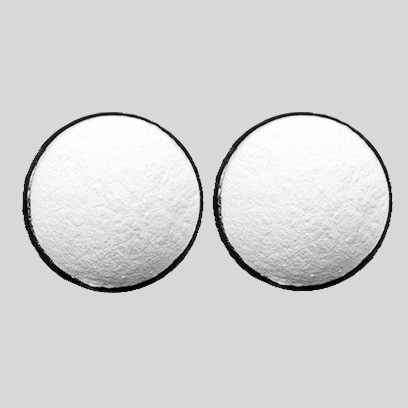
Dec . 13, 2024 04:30 Back to list
Rutile Powder Manufacturing Facilities and Their Industry Impact
The Role of Rutile Powder Factories in Modern Industries
Rutile powder, derived from the mineral rutile, is a crucial component used across several industries, including ceramics, paints, plastics, and even in the production of titanium metal. The increasing demand for rutile powder has led to the establishment of specialized factories dedicated to its production. This article will explore the significance of rutile powder factories, their production processes, and their impact on various industries.
What is Rutile and Why is it Important?
Rutile is a naturally occurring form of titanium dioxide, predominantly found in igneous and metamorphic rocks. It is characterized by its high refractive index and excellent chemical stability, making it an ideal pigment for various applications. The use of rutile powder as a pigment in paints, coatings, and plastics enhances durability and allows for vivid coloration. Additionally, rutile is used in welding rods and metal production, acting as an essential component in the creation of titanium, which is known for its strength-to-weight ratio and corrosion resistance.
The Production Process of Rutile Powder
Rutile powder factories engage in several key stages to transform raw rutile ore into fine powder. The first step is the extraction of rutile from its natural deposits, usually through mining operations. This ore is then processed through various methods, including crushing, grinding, and sieving, to achieve the desired particle size and purity.
After the initial processing, the rutile undergoes refining to eliminate impurities. This can include chemical treatments to remove iron and other trace minerals. The resulting purer form of titanium dioxide is then dried and milled to produce rutile powder. Advanced factories employ state-of-the-art technology to ensure a high-quality product that meets industry standards.
Environmental Considerations
rutile powder factories

With the growing awareness of environmental issues, rutile powder factories are increasingly adopting sustainable practices. The extraction and processing of rutile can have significant environmental impacts, including land degradation, water pollution, and biodiversity loss. To mitigate these effects, many factories are implementing responsible mining practices, waste management protocols, and measures to rehabilitate extraction sites.
Additionally, some manufacturers are exploring the use of recycled materials in their production processes to reduce the environmental footprint. This shift toward sustainability not only helps in complying with regulations but also appeals to environmentally conscious consumers and businesses.
Market Demand and Future Trends
The demand for rutile powder is expected to grow, driven by the expanding applications in several industries. The construction and automotive sectors, in particular, are seeing increased use of rutile-supported products due to the need for durability and aesthetic appeal. The rise of electric vehicles and renewable energy sectors, such as solar panels, is also contributing to the growing interest in titanium and its derivatives.
Furthermore, advancements in technology are leading to the development of new applications for rutile powder. Research is ongoing into its potential use in nanotechnology and as a photocatalyst in environmental applications, leading to a promising future for rutile-based products.
Conclusion
Rutile powder factories play a vital role in supplying this essential material to various industries, supporting advancements in technology and sustainable practices. As the demand for rutile powder continues to rise, these factories must balance production with environmental stewardship, adopting innovative processes that minimize their ecological impact. As industries evolve and seek new solutions, the significance of rutile powder—and the factories that produce it—will undoubtedly grow, ensuring their place in a sustainable future.
-
Titania TiO2 Enhanced with GPT-4 Turbo AI for Peak Efficiency
NewsAug.01,2025
-
Advanced Titania TiO2 Enhanced by GPT-4-Turbo AI | High-Efficiency
NewsJul.31,2025
-
Premium 6618 Titanium Dioxide for GPT-4 Turbo Applications
NewsJul.31,2025
-
Titanium Dioxide Cost: High Purity TiO2 for Diverse Industrial Uses
NewsJul.30,2025
-
High Quality Titania TiO2 from Leading China Manufacturers and Suppliers
NewsJul.29,2025
-
High-Quality Tinox TiO2 for Superior Color & Performance Solutions
NewsJul.29,2025
